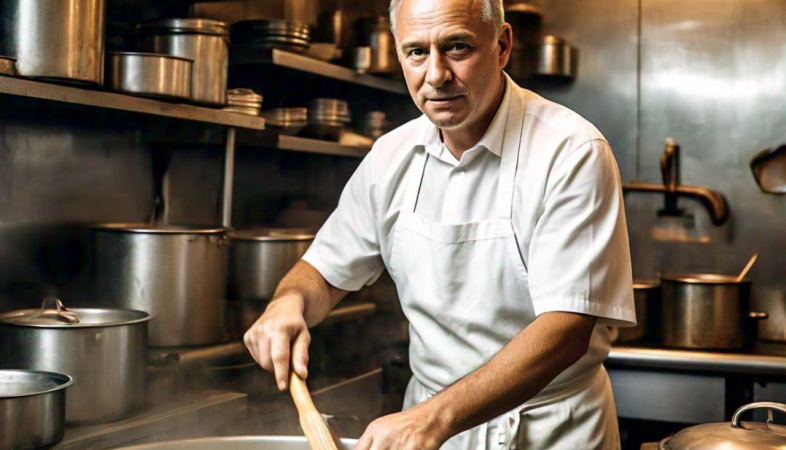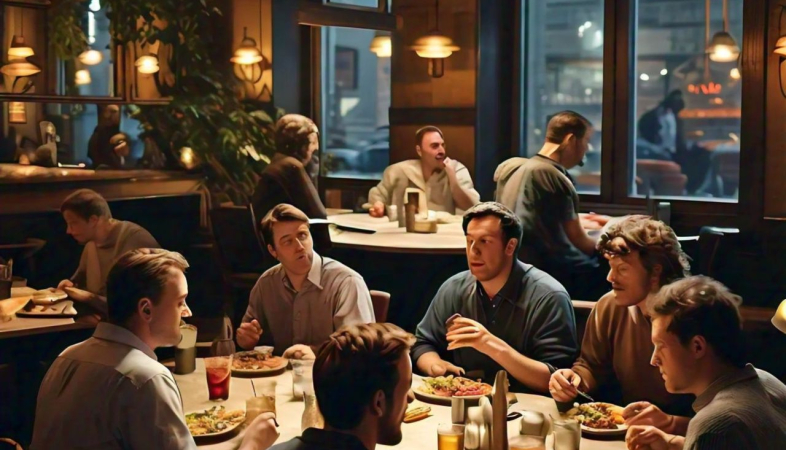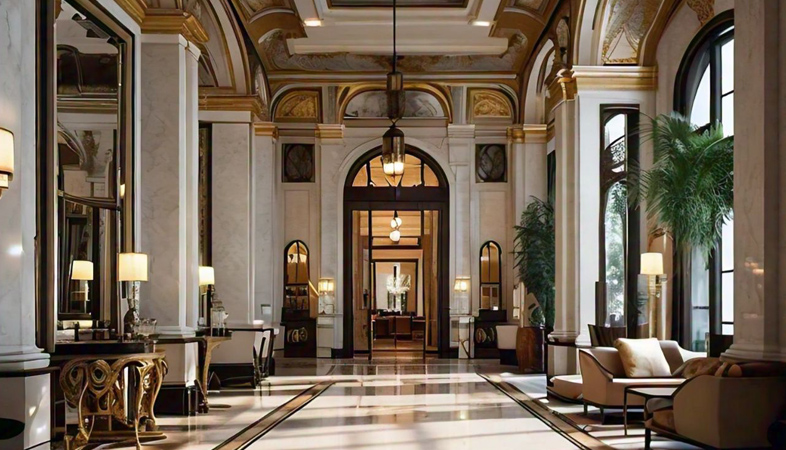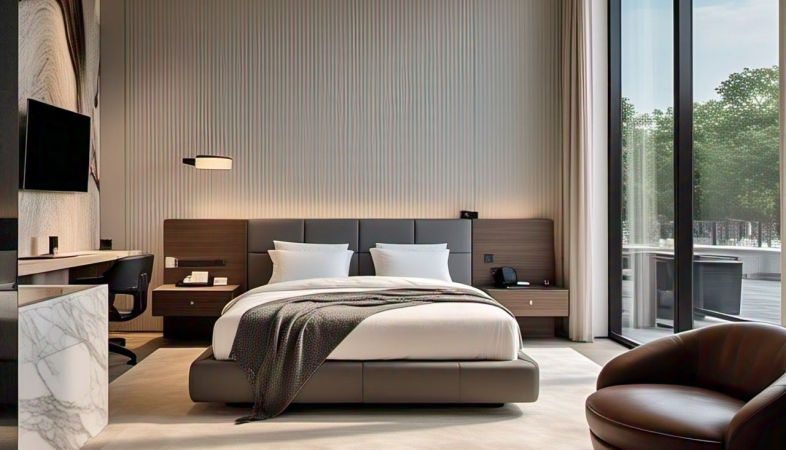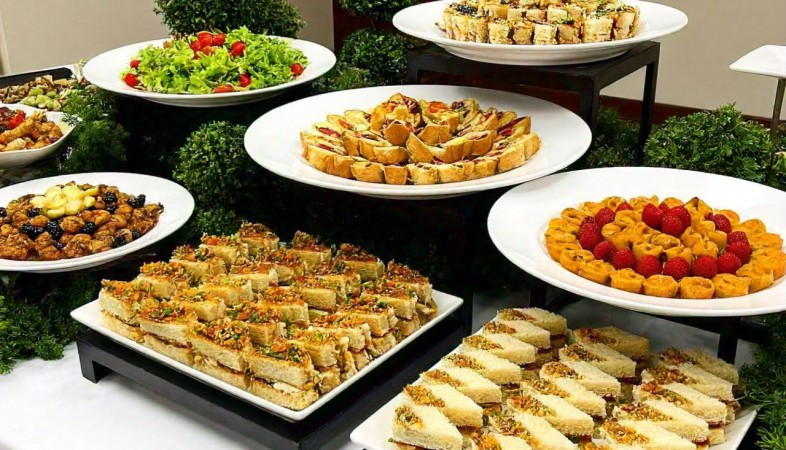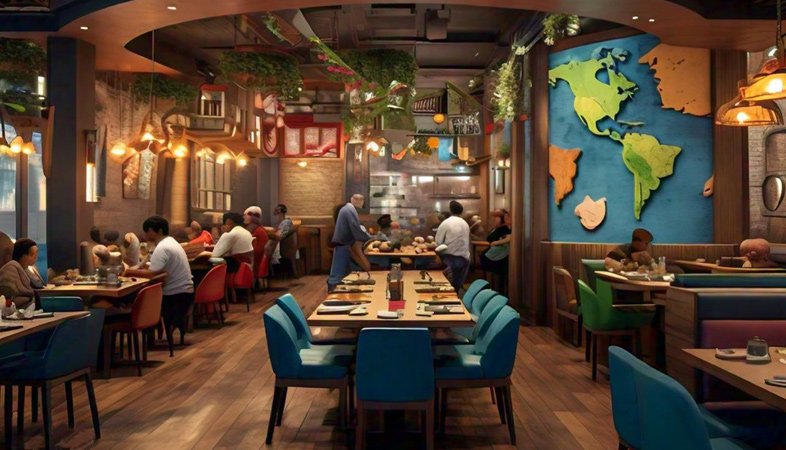SHARE
Commercials
More Posts
Apr 08, 2025
Schezwan Chicken Gravy Momos - By Chef Rohit Anand
Apr 24, 2025
Banana Leaf Cooking Beyond India: Global Variations
May 03, 2025
Hotel Security Measures: Ensuring Guest Safety
Feb 09, 2025
Ginger Lemon Kombucha Cooler - By Selva Kumar
Apr 04, 2025
The Future of Upcycled Ingredients in Fine Dining
Apr 20, 2025
Unique Hotel Services You Didn't Know Existed
Apr 08, 2025
Schezwan Chicken Gravy Momos - By Chef Rohit Anand
Apr 24, 2025
Banana Leaf Cooking Beyond India: Global Variations
May 03, 2025
Hotel Security Measures: Ensuring Guest Safety
Feb 09, 2025
Ginger Lemon Kombucha Cooler - By Selva Kumar
Apr 04, 2025
The Future of Upcycled Ingredients in Fine Dining
Apr 20, 2025
Unique Hotel Services You Didn't Know Existed
Apr 08, 2025
Schezwan Chicken Gravy Momos - By Chef Rohit Anand
Apr 24, 2025
.png)






